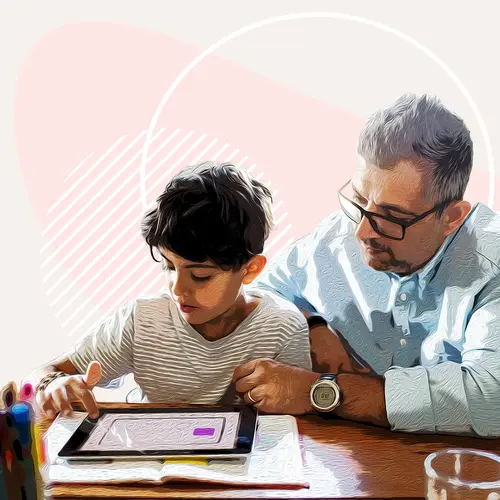An Individualized Education Program (IEP) is a special education plan for children with disabilities. IEPs are plans for free services given in regular or special classes in public school.
Children with disabilities -- including ADHD, autism, and physical disabilities -- can get an IEP if there's evidence the condition affects their ability to succeed in school. An IEP can include either accommodations or modifications.
- Accommodations are changes that allow a child to remain in their regular class rather than being pulled out for special instruction. They may get more time to finish an assignment. Or the teacher may break up assignments into smaller parts. If your child has a problem with hyperactivity, their desk could be moved to a quiet area. Your child will still have to finish the same course work as their classmates to move up a grade.
- Modifications change what your child is expected to learn. They may need to use different textbooks or get different test questions than their classmates.
By law, both accommodations and modifications need to help students keep up in the classroom and move forward academically.
Who Is Eligible?
Your child will be evaluated to determine if they are eligible for an IEP. A team of experts will observe your child. They'll review their regular schoolwork and give them some tests. The team will then write an evaluation that determines whether your child qualifies for an IEP. If so, it will include the kinds of support they need. You'll be able to review the report with the team members.
If you disagree with the evaluation, you can contest it. Once your child qualifies for special education, you and the team will have 30 calendar days to agree on a detailed plan.
Who Writes the IEP?
The team writing the IEP must include a general education teacher, a special education teacher, a representative from the school system, and an evaluator. You, your child, and specialists such as occupational therapists and physical therapists can also take part. You have final approval on the IEP.
What Do IEPs Include?
Every IEP is different, but they should all include:
- How your child is doing in school now.
- Annual goals, broken down into short-term benchmarks.
- How these goals will be measured. Instead of saying your child should learn more words, the plan should say exactly how many words in how much time.
- Which standardized tests your child should take and what testing alternatives include.
- What special education services they will get for how long and how often.
- How much your child may not participate in the classroom or in school with students without disabilities.
- If your child is 14 or older, courses they need to take to prepare for life after graduation.
In addition to academics, goals can include social skills and extracurricular activities. They can also focus on ways to address behaviors that interfere with your child's school performance, such as anger management.
Once you sign off on an IEP, the team of experts will update you on your child's progress. You can review the plan at least once a year. Your child will need to be reevaluated every 3 years to see if they still meet the definition of having a disability.

